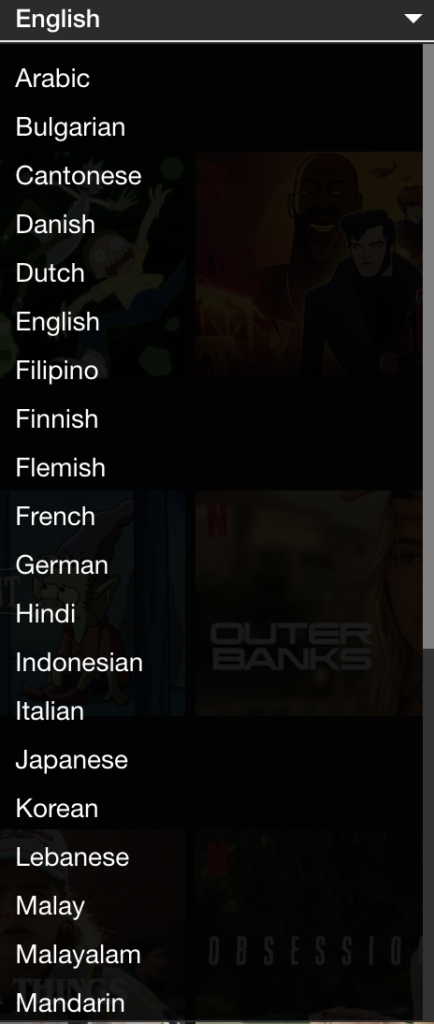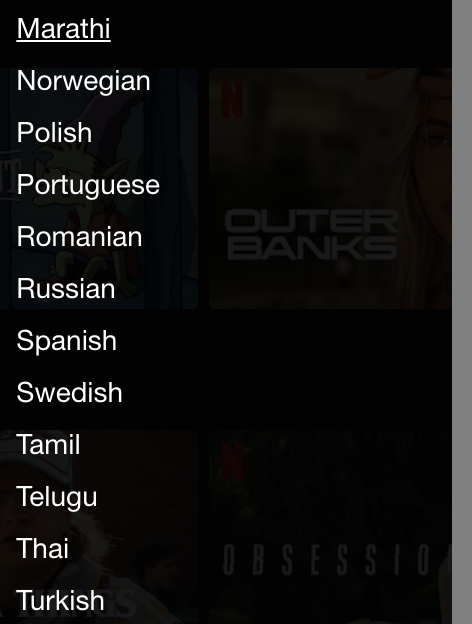The Absurdity of Driving Culture
For a long time I thought that driving would give me freedom. I was impatient to be old enough to drive, and then I was impatient to pass my driving test. I failed the theory three times in Switzerland, zero in England, and the practical in England once, and once in Switzerland. Eventually I did pass my driving test in England, on Valentine’s day. I then drove to see the girlfriend of the time.
Driving has given me the freedom to go to and from work without waiting for trains. It has given me the freedom to live according to my schedule, and shifts, rather than other peoples’.
It has also cost me my freedom. The absurdity of driving is that you are responsible for getting drunk friends to their home, and you are responsible for driving people from A to B when you’re hiking, climbing and more. Having a car means that you have to drive to see people who don’t have a car. Driving a car means that you have to make the effort to see others, but they will not make the effort to see you.
The Necessity of Cars
Having a car is about remoteness from work, from play and from more. It’s about always having to get into the car, to do anything:
- seeing friends
- shopping for food
- commuting to work
- going for a walk
- going for a bike ride
- going to snowboard
- going to a restaurant
- going to the cinema.
Tonight I have to drive for at least an hour, if I’m not unlucky with traffic, to have a dinner, and then drive home. I have to drive at rush hour by Morges, one of the most awful places for traffic at rush hour. A few years ago I would arrive an early for rock climbing, slightly after Morges, because of how awful traffic was. I got told off by the cashier at the climbing place, for being to early for the special deal the group had. As if that wasn’t enough I eventually struggled to find parkings and got a fine. After that I stopped making the effort.
What sealed the deal was “let’s meet to climb in Gland” and a person answered “no way”. It was fine for me to face traffic but people weren’t ready to do the same for me. All of my friendships died when I decided that I was tired of driving.
When you drive, and when you have space for others it iss assumed that you are ready and willing to drive others,and sometimes you are volunteered, without being asked. This is especially annoying. Picking people up often adds half an hour to an hour to travel time. You become their chauffeur. In one case someone just went to sleep, as if I was a bus driver. It’s great to be so trusted. It’s unpleasant to be so used.
Building More Homes Without Adding More Buses
Recently Vaud has busy building new houses and apartments anywhere with a garden. They have destroyed old single family homes and replaced them with apartment buildings. The result is that there has been a surge of car traffic. This is bad for two reasons. The first reason is that villages that were once filled with green gardens have been turned into tarmac hells. The trees and the grass is gone, replaced by buildings with underground parkings.
The Daily Traffic Jam
Recently I have noticed that the A1 motorway that passes by Nyon is blocked in both directions consistently, as the number of cars and local population increases. They’re happy to “densify” people and villages, but they forgot that densification increases traffic. What were once quiet roads are now saturated with cars.
This morning, due to the motorway being blocked, local roads were blocked too. By increasing housing, without increasing public transport infrastructure there are more cars than ever, using a road network that is not suited to so many cars.
Buses and Bikes Make More Sense
That’s where frequent buses, and dedicated cycle routes would make a huge difference. If it was safe to cycle, rather than drive, then people commuting from villages to Nyon gare could take bikes. With an increased bus schedule people could leave their cars at home and ignore their cars until the weekend, and even then cars could remain parked.
Dormant Start/stop
For context, I have a car with stop/start technology. If I stop at a traffic light the engine stops. When I drive the car it never works, because I use the car twice a week. When other people used my car, this summer, I finally experienced that it starts and stops when it’s at a traffic light.
Before having two summers without a car, and before the pandemic, I didn’t think anything of people’s over-reliance on cars. During the honeymoon of lock downs, when the car was dormant, I got to see how fantastic the area where I live is, for hiking and walking, without getting into a car. I miss the freedom of living without the need to use the car.
Unwanted Journey
Tonight I need to use the car. I need to waste petrol with at least an hour of driving, if traffic is good, and two hours or more if traffic is bad. I don’t mind driving during the day, to do something. I do mind driving at night, to do something that brings me no pleasure.
Escape
If the cleaning Gremlin comes tomorrow afternoon for example, I would be happy to have somewhere to flee to. The point is that today I’m destroying the environment, for nothing.I wouldn’t mind driving for a walk, but I really mind driving for a dinner.
And Finally
At the moment they’re increasing carrying capacity for the motorway entries and exits, and they’re speaking of increasing the motorway to three lanes in each direction. I think this is absurd. I think that rather than encourage more car use they should diminish reliance on cars. More buses, more trains, more safe walking routes. All of these would help reduce traffic, rather than encourage it to grow.
This evening I face the absurdity of driving culture, yet again.






